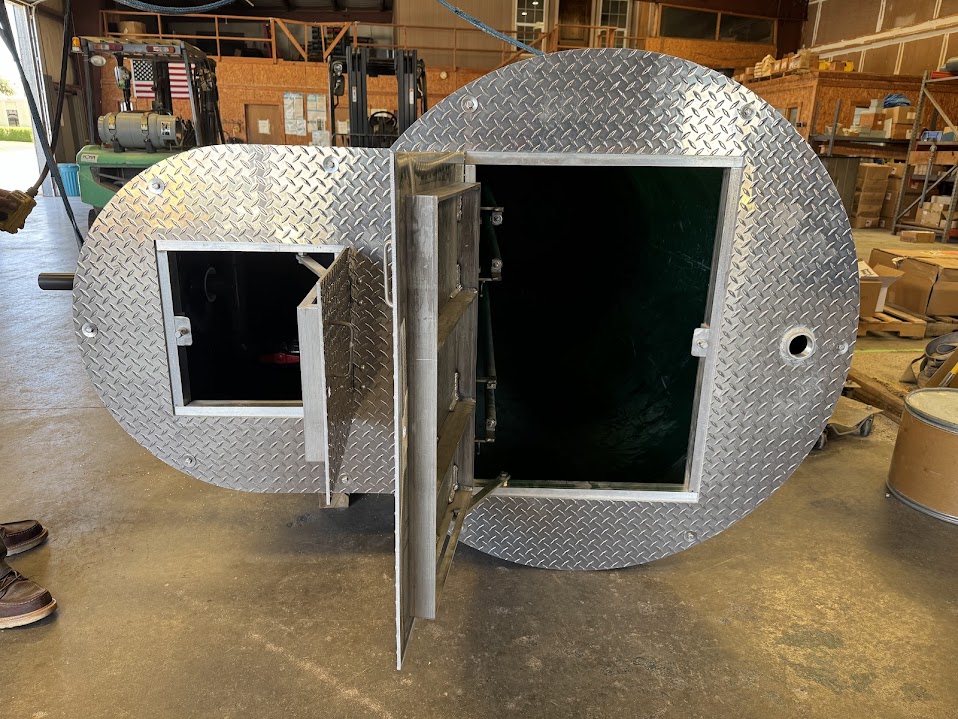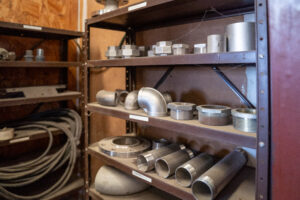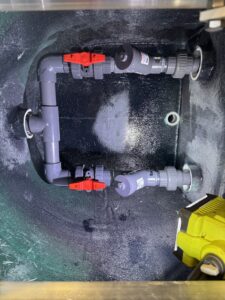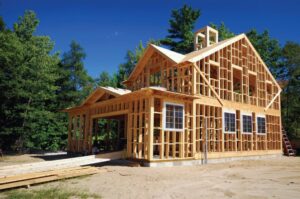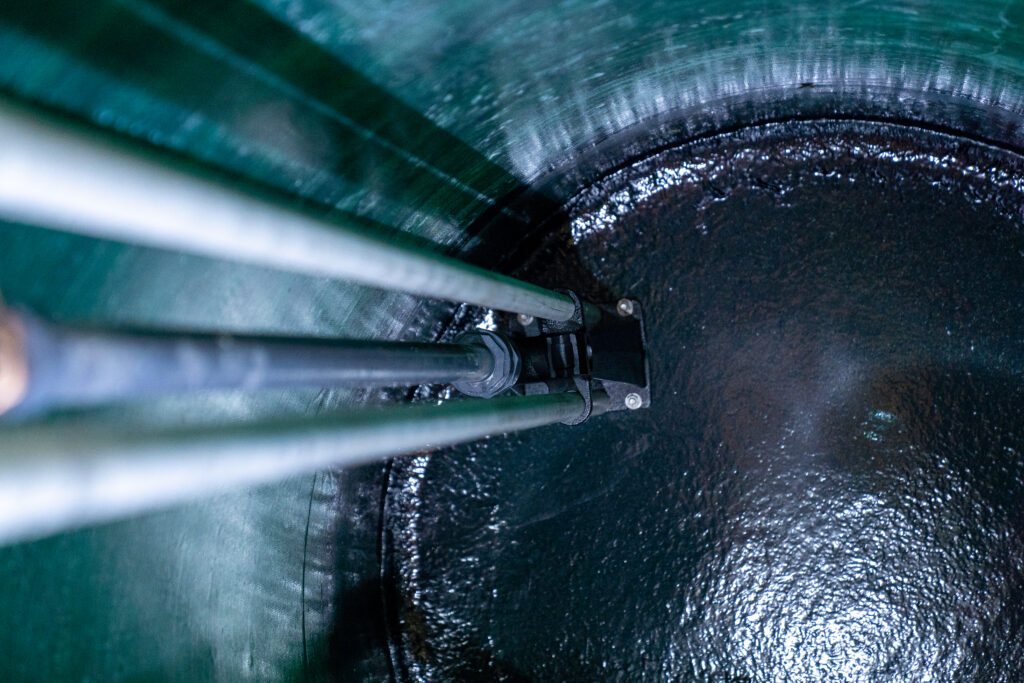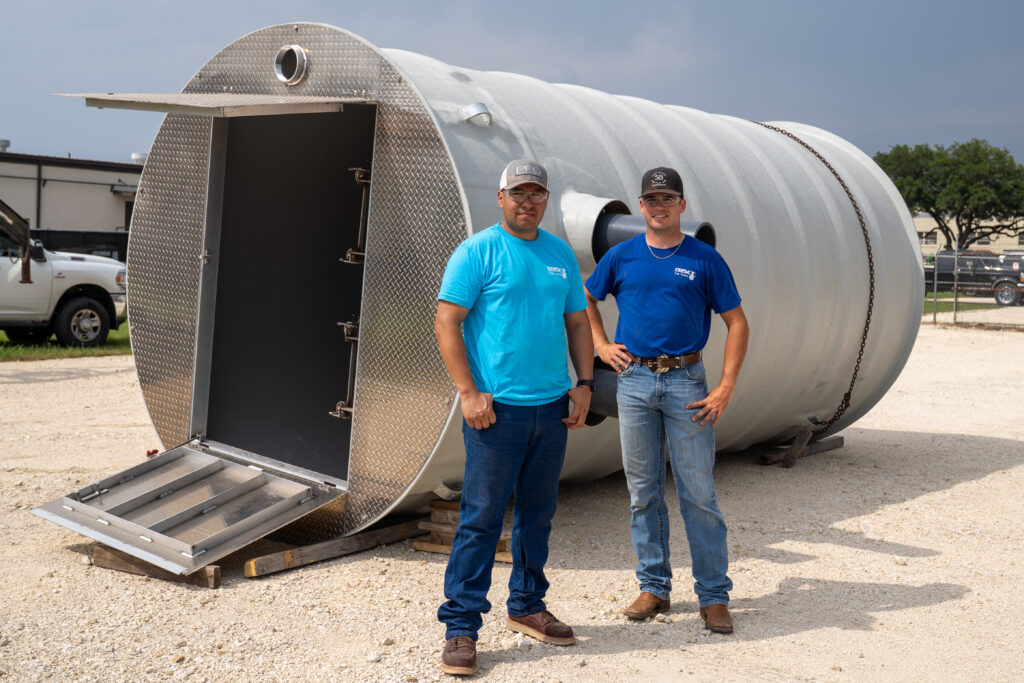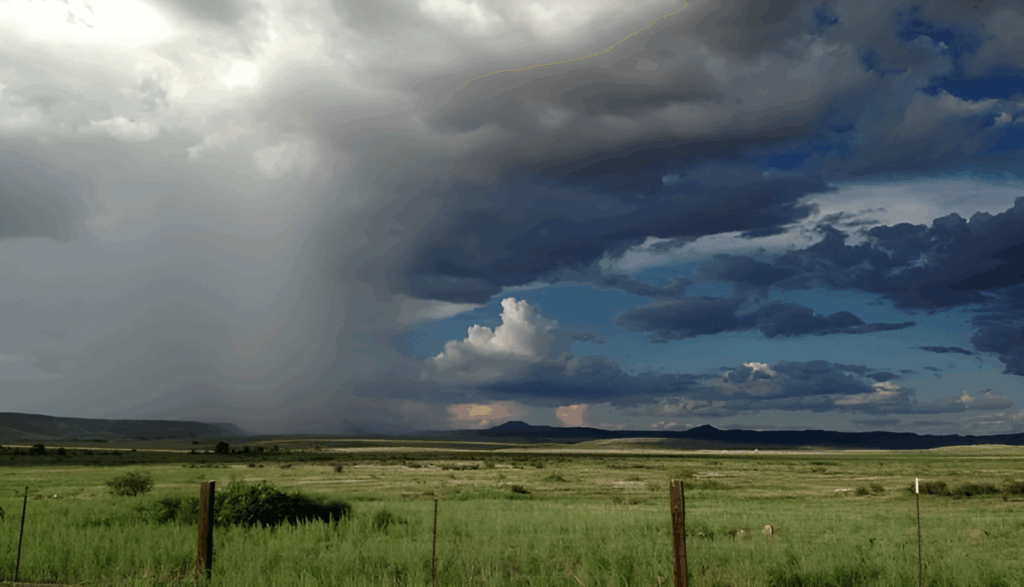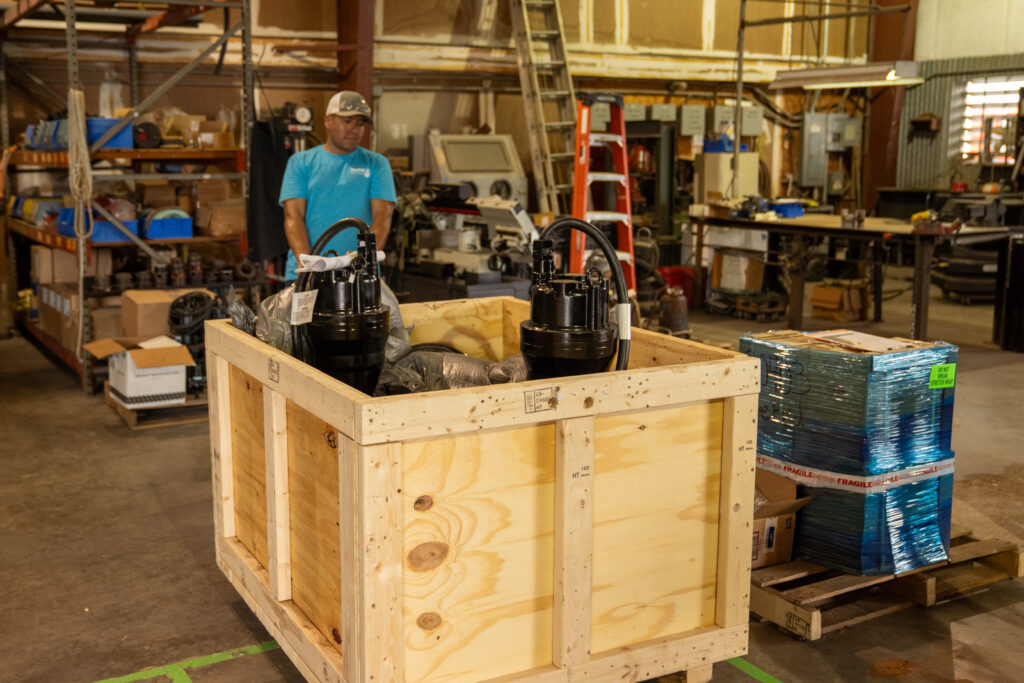If you’ve ever wondered what happens after wastewater enters a lift station, you’re not alone. Lift stations are vital pieces of infrastructure that keep sewer systems functioning, but the path wastewater takes can vary depending on the application and location. Understanding where lift stations pump the sewer can help property owners, municipalities, and engineers appreciate their importance in keeping communities clean and sanitary.
The Role of a Lift Station
Gravity is the most cost-effective way to move wastewater, but not all areas allow for a gravity-only sewer system. When the land is too flat, or when homes and businesses are lower than the nearest sewer line, wastewater needs a lift station to pump it uphill. The lift station collects sewage in an underground basin, and when the water reaches a set level, pumps activate to move it through pressurized pipes called force mains.
Where Does the Sewage Go?
1. Municipal Sewer Mains
In most cases, lift stations pump wastewater into a larger municipal sewer main. From there, it continues to flow (by gravity or with the help of other lift stations) toward a central treatment facility.
2. Treatment Plants
In some situations—especially in smaller systems—lift stations pump directly to a wastewater treatment plant. This is where solids are removed, and the water undergoes treatment before being safely discharged back into the environment.
3. Another Lift Station
In larger or more spread-out systems, one lift station may pump sewage to another lift station. This “stair-step” approach is common in flat regions where multiple lifts are required to move wastewater over long distances to a treatment facility.
Why Does This Matter?
Knowing where a lift station pumps sewage is important for several reasons:
- System Design: Engineers must ensure the pumps are properly sized for the distance, elevation, and destination.
- Operation & Maintenance: Operators need to understand the flow path for troubleshooting and performance monitoring.
- Environmental Protection: Proper pump routing ensures sewage gets to treatment facilities without risk of overflow or contamination.
Triple D Pump: Helping You Design It Right
At Triple D Pump, we specialize in designing and supplying lift stations that reliably move wastewater to where it needs to go—whether that’s a municipal main, a treatment plant, or another lift station along the way. With our experience and free CAD drawings provided with every quote, we make sure your system is efficient, compliant, and built to last.

